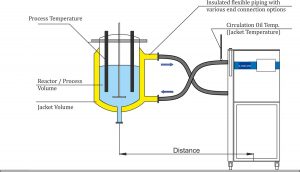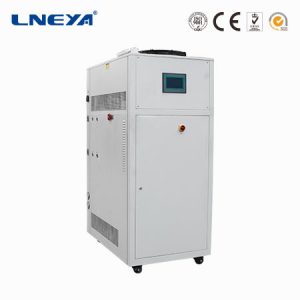Test of working temperature of electric vehicle power battery
The normal working temperature
range of power batteries for electric vehicles is -30 ~ 52 ° C, and the working
temperature range is -46 ~ 66 ° C, which is difficult to achieve with existing
power batteries. Although local warming measures can be used for battery packs,
they increase costs. Each type of battery has an optimum operating temperature
range, beyond which battery performance will be reduced or impaired. Therefore,
before the production of power batteries, manufacturers need to perform related
temperature tests or inspection agencies to perform similar tests.
The cooling and heating
system components of electric vehicles must be tested at different pressure
levels and temperatures. The performance and power consumption of these systems
must be tested to ensure that they do not significantly reduce the mileage of
the vehicle. In a typical test, a complete auxiliary heater or component, such
as a valve, hose, and other hollow valve, is inserted into a test slot on a
pressure cycle table.
A cooling circuit is
usually tested in a temperature range of minus 40 to 20 degrees, while a
heating circuit is tested in a temperature range of 20 to 140 degrees. Power
consumption and performance are usually tested at alternating temperatures.
Low-voltage or high-voltage power sources can be selected, and operation can be
simulated with on-board batteries and generators or traction accumulators. In
many electric vehicles today, heating and cooling systems can drain the
battery, negatively affecting the mileage of the car. By comparing the test
results before and after the load test on the pressure cycle test bench, we can
see how the change in battery power consumption and performance affects the
service life of the vehicle.
A comprehensive
long-term test usually takes 20 to 30 days, depending on how often the load
changes. The temperature and volume flow of the test medium and the ambient
temperature (if the test takes place in a climatic chamber) vary according to
the test specifications. The temperature and flow rate, pressure, and pressure
drop of the inlet and outlet of the test object circuit are continuously
measured. The test here focuses on the thermal and electrical performance of
the heating and cooling device under different environmental conditions.
Lneya’s new energy battery cooling
and heating system KRY series is widely used in production lines or testing
departments of related companies in China. The temperature control precision is
high, and the single fluid medium temperature control saves resources and
costs.
(The relevant information comes from the
Internet. If you have any questions, please contact the editorial department.)
관련 권장 사항
-
냉각 순환 시스템은 증류기에서 비응축성 테일 가스를 수집하는 데 사용됩니다.
1060대부분의 정류탑은 2단계 응축 방식입니다. 첫 번째 단계는 냉각수를 사용하여 주로 상단 증기를 응축하고 두 번째 단계는 냉각수 또는 에틸렌 글리콜을 사용하여 주로 테일 가스를 처리하고 소량을 제거하는 데 사용됩니다 ...
세부 정보 보기 -
-
제약 생산의 반응기를 위한 통합 온도 제어 장치
939반응기 시스템은 통합 온도 제어 시스템과 효과적으로 협력하여 다양한 화학 반응 및 생산 공정의 온도 제어 요구 사항을 충족할 수 있습니다. 원자로 온도 제어 장비는 ...
세부 정보 보기 -
Characteristics of Industrial Constant Temperature Recirculating Chiller
1473Points for attention in the use ofindustrial constant temperature recirculating chillerIndustrial constant temperature recirculatingchillers are widely used in pharmaceutical, chemical and laboratory. Next,let's introduce the characteristics...
세부 정보 보기
 LNEYA 산업용 냉각기 제조업체 공급 업체
LNEYA 산업용 냉각기 제조업체 공급 업체













